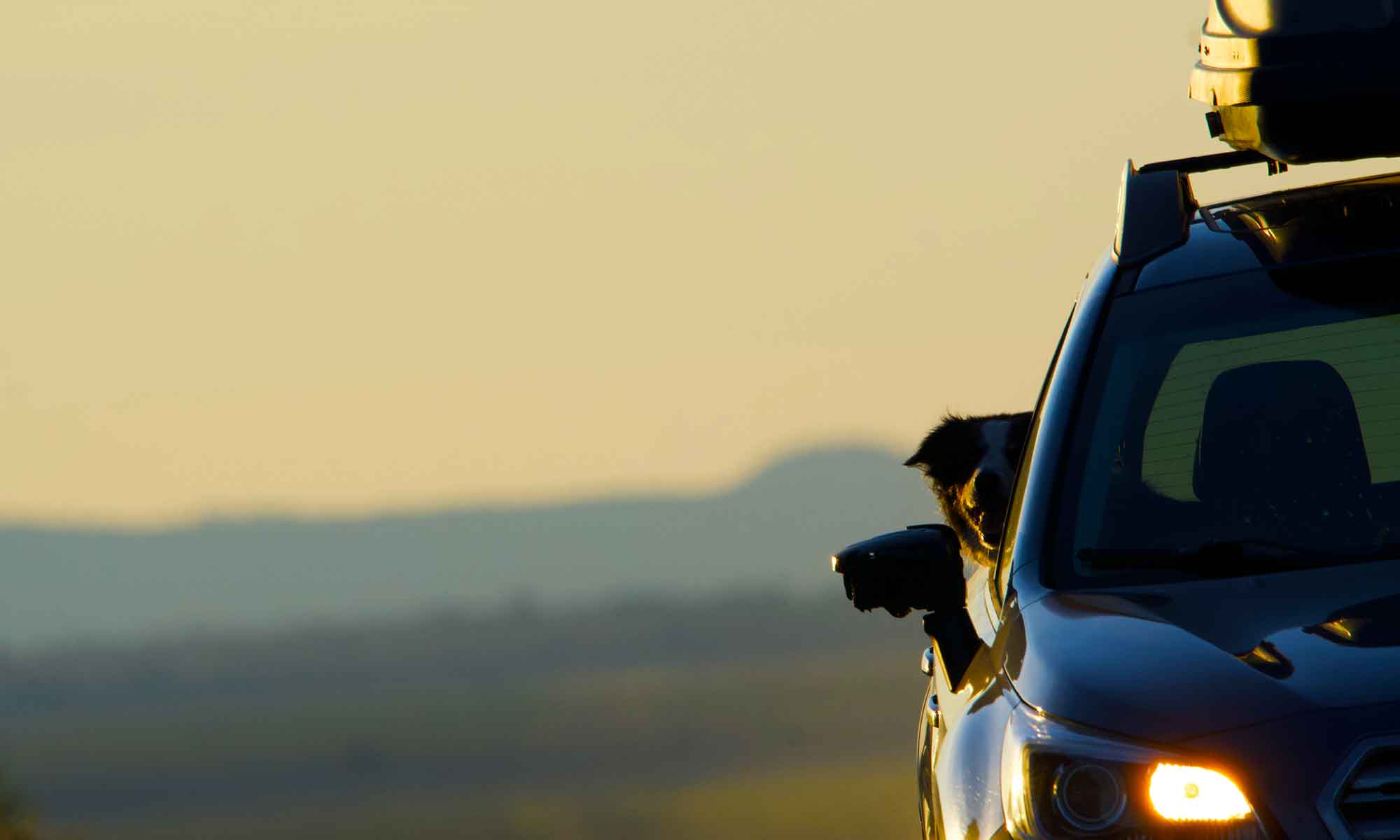

This week we thought it might be nice to take a walk. We don’t backpack, but we do often day hike. which in the winter can be tricky to find clear paths. A lot of people winter hike with snowshoes, and we’ve done that, but it’s not practical with Tip.

There are literally hundreds of short trail loops within a half-hour drive.
Most include a scenic overlook, waterfall, or some natural wonder. This week we went looking for a stream we’d heard a lot about, but had never actually seen.

Wychus Creek headwaters in the Sisters Wilderness area winds through the town of Sisters and empties into the Deschutes River a few miles west of Terrebonne.
An overlook loop is part of a series of interconnected trails that allow you to explore the creek or backpack up into the wilderness area.

The portion we walked is not only popular. but well groomed. Its half mile loop swings by a walled off ledge above the creek.
From this point you are treated to spectacular views of the Three Sisters and Broken Top with Mt. Bachelor to the south and Mt. Washington to the northwest.

On a different day . . .
We explored the area along the Middle Deschutes, about midway between Bend and Lake Billy Chinook.

Most of the Middle Deschutes River from this spot extending upstream above Bend is a designated paddle route that often includes walking trails. One section of those paths runs through a wildlife preservation area.
Borden Beck Wildlife Preserve is along a section of this trail. Caught in the middle of a dispute between land development or riparian preservation it wasn’t until 2019 that this parcel on the edge of Lower Bridge road received some protection.
The Deschutes River winds through marsh bottomland offering great birding at the right time of the year. This is not that time of year.

However, for a January day it was sunny and relatively warm. We got in a walk and figured out where to find the preserve’s parking and access point.
Both places have been added to the calendar for fall visits. After weeks of hiding from the frigid winter weather it was nice to get outside again.














 This week’s trip was in hopes of finding a particular Baetis hatch. Blue Wing Olives, or BWO’s to the locals, is a small grayish winged Mayfly that shows up numerous times a year in Western Waters.
This week’s trip was in hopes of finding a particular Baetis hatch. Blue Wing Olives, or BWO’s to the locals, is a small grayish winged Mayfly that shows up numerous times a year in Western Waters.




 Over the centuries the John Day River has carved open the land to expose ancient history.
Over the centuries the John Day River has carved open the land to expose ancient history.












 Late summer flows on the Crooked can drop to 50 CFS from an average of about 130 CFS. September’s BLM draw down was to 10 CFS. This put more water in the irrigation ditches, but
Late summer flows on the Crooked can drop to 50 CFS from an average of about 130 CFS. September’s BLM draw down was to 10 CFS. This put more water in the irrigation ditches, but 

 The day we were there, the river was up a bit, at 23 CFS. As expected a lot of river bed was exposed. The Crooked River has never been easy to wade, but now I’ve got a better understanding of why. With so much bottom laid bare, white alkali deposits on rocks mark high water points, and from the remaining water flow to the bank was an exposed jumble of loose shoebox sized stones.
The day we were there, the river was up a bit, at 23 CFS. As expected a lot of river bed was exposed. The Crooked River has never been easy to wade, but now I’ve got a better understanding of why. With so much bottom laid bare, white alkali deposits on rocks mark high water points, and from the remaining water flow to the bank was an exposed jumble of loose shoebox sized stones.



 This week the levels are coming back up (2.03 ft/48 CFS at this writing), so now we find out how much impact the reduced flow has had.
This week the levels are coming back up (2.03 ft/48 CFS at this writing), so now we find out how much impact the reduced flow has had.




 Forty miles upriver from the Columbia OR 206 crosses the John Day where the Murtha Ranch used to sit.
Forty miles upriver from the Columbia OR 206 crosses the John Day where the Murtha Ranch used to sit.




 Then spent the afternoon catching bass and enjoying this beautiful and quiet stretch of the John Day River.
Then spent the afternoon catching bass and enjoying this beautiful and quiet stretch of the John Day River.